Spaces and paths to embellish the urban context, while also allowing people to move easily, while improving the quality of life of the inhabitants: this is the basic concept of architecture in Madrid, in a perfectly balanced mixture of creativity, imagination and concrete activity of artists and designers, who have forced spaces and perspectives over time.
For lovers of architecture and design and all sector professionals, this is a great moment to visit the Spanish capital: until 9 April, the spotlight is on the Madrid Design Festival, now at its 6th iteration.
Madrid Design Festival 2023 wagers on the originality of approaches and youthful ideas, to offer solutions to the major challenges of our time, connecting the legacy of national and international designers of reference with the most experimental currents of contemporary design. The guest city of the festival in 2023 will be Seville, arriving in Madrid with a range of initiatives, including a major exhibition on that city’s creative scene.
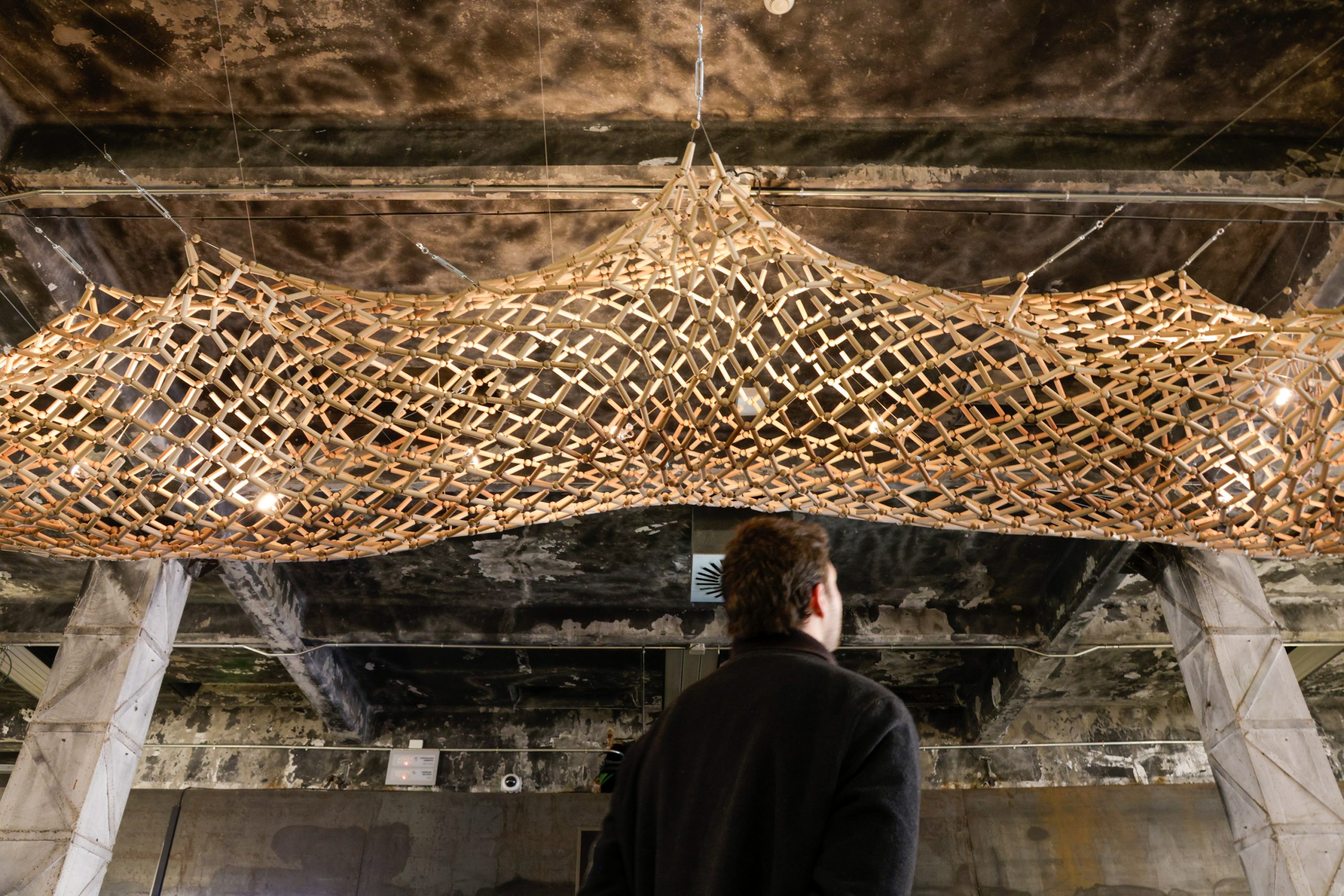
Besides all this, Madrid is truly a city to discover for lovers of architecture and design. Here’s an itinerary for a 24-hour stay in Madrid, immersed in art, beauty and urban spaces.
Parque del Retiro
The Parque del Retiro in Madrid is one of the main tourist attractions, but also an immense reservoir of historical monuments and remarkable works of art and architecture. In a green area of about 120 hectares, which gradually became a large park over time (the present arrangement dates back to the late 1800s). Here you admire, among other things, the monument to Alfonso XII, the Crystal Palace, the gate of Felipe IV and the astronomical observatory, all in a natural context with woods, bodies of water and spectacular fountains.
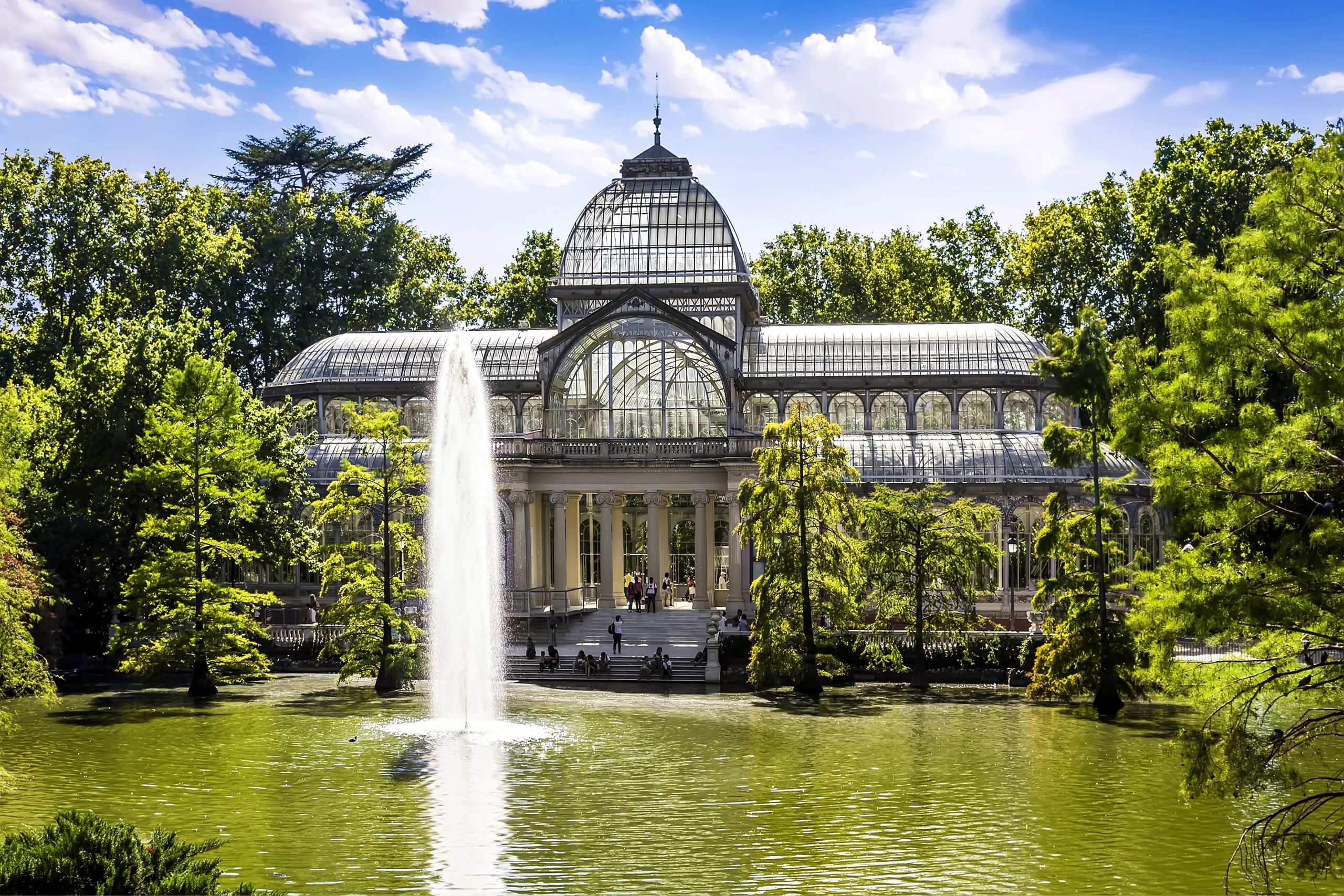
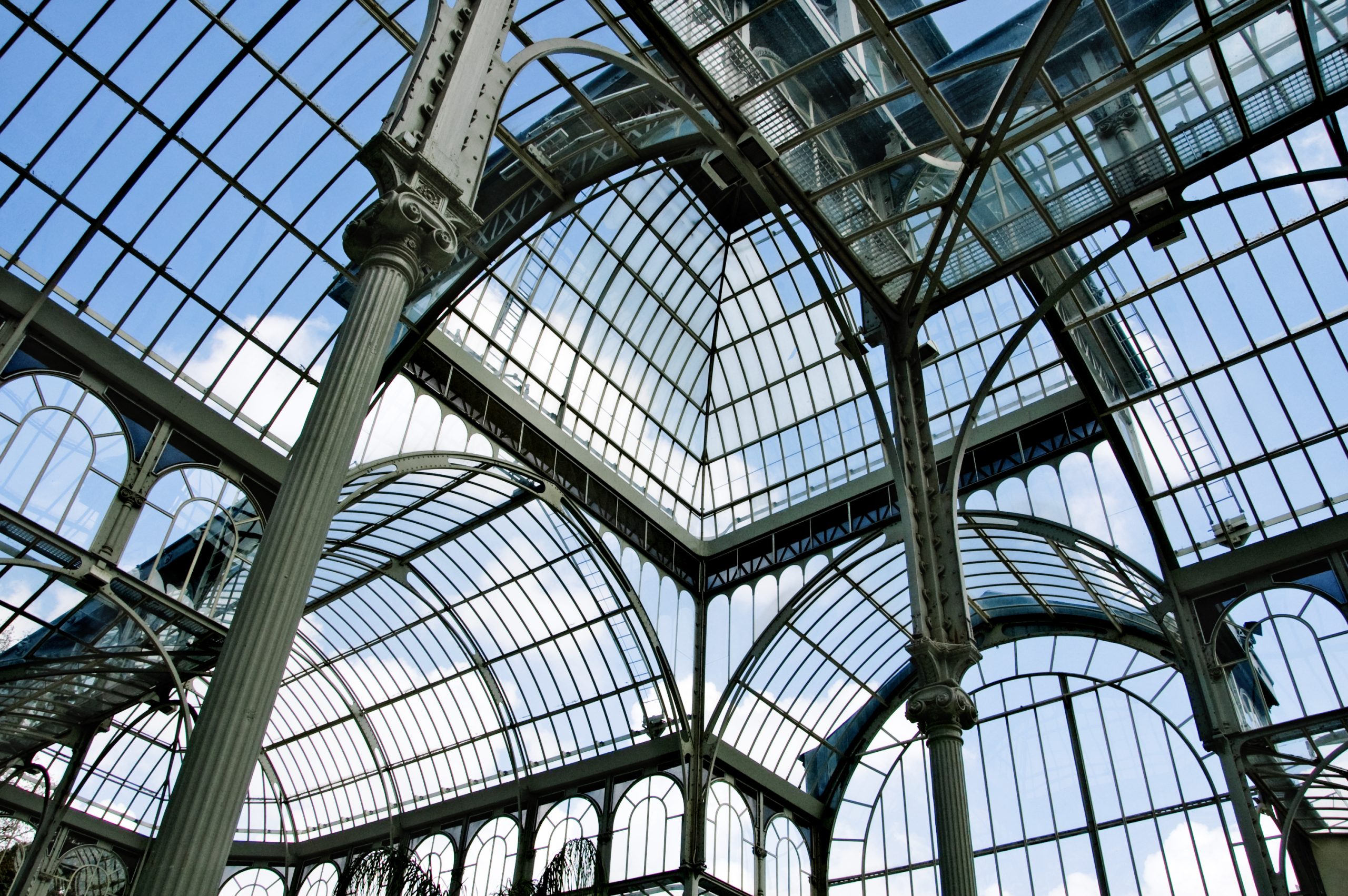
The urban markets
The architectural attractions of the Spanish capital include the most important urban markets. The San Miguel market, for example, is a space for food that conserves its original iron structure, built at the start of the 20th century. The Mercado de Motores is a flea market held inside the Museo del Ferrocarril in the former Delicias rail station, amidst locomotives and train cars from the 19th century.
The Atocha station and the new Ombú project
The train station of Madrid, Atocha, is one of the most original such structures on the Old Continent. Opened in 1851, in 1992 it underwent radical transformation to modernize the structure, combining it with the new Madrid Puerta de Atocha and Atocha-Cercanías stations. All that remains of the old structure is the area of the platforms, transformed by a metal structure with glazing to create an evocative tropical garden of 4000 square meters, with over 7000 plants of 400 different species from America, Asia and Australia.

Among the views of the ‘new Madrid’ there is also a green, sustainable project by the British architecture firm Foster + Partners, which has inserted a wooden structure for easy disassembly inside an abandoned gas plant. The project is called Ombú and is a good example of adaptive retrofitting, offering workspaces for the Spanish energy provider Acciona while saving a treasure of industrial archaeology from the early 1900s.
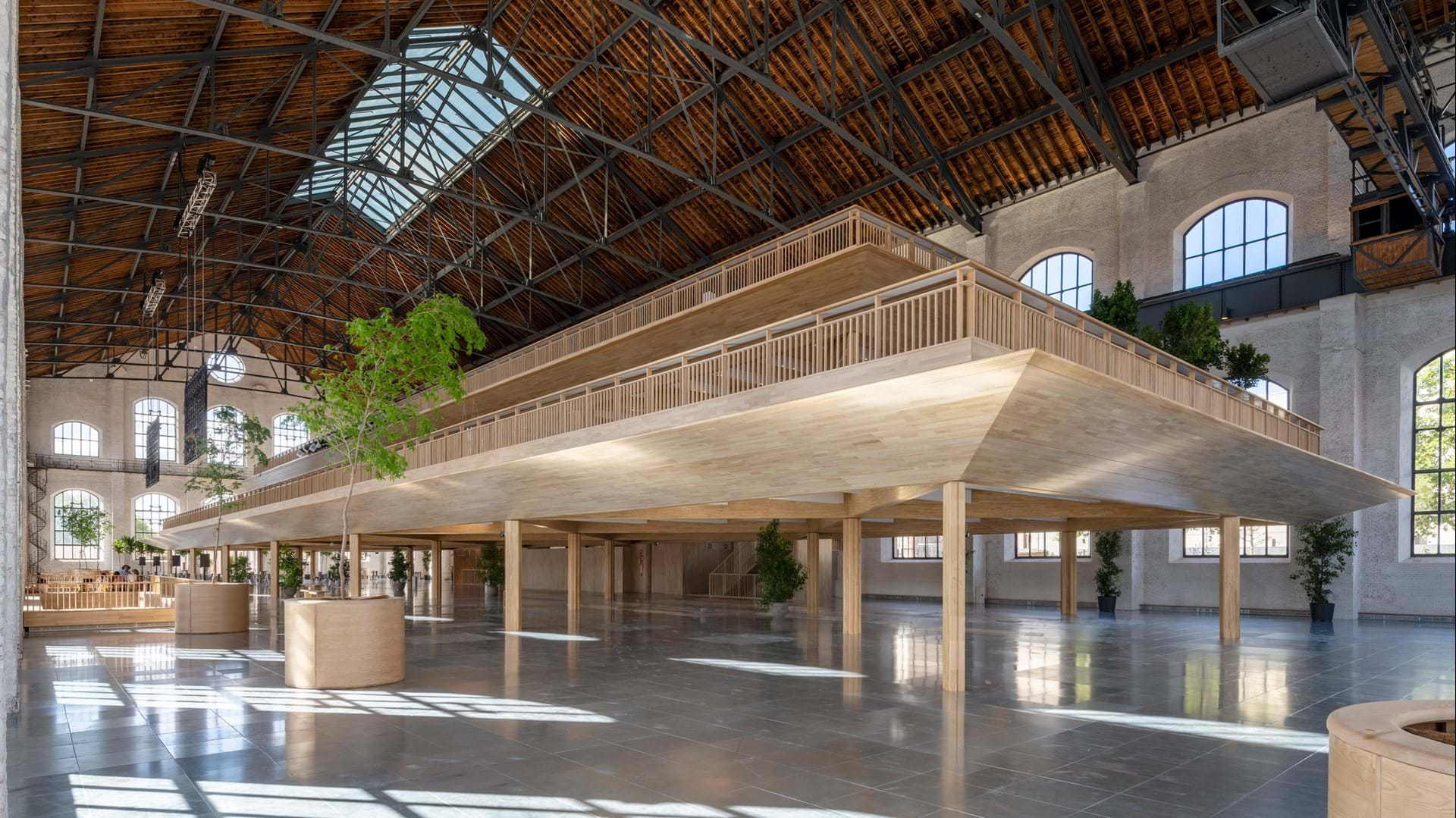
Museo Nacional Reina Sofia
The Museo Nacional Centro de Arte Reina Sofía is one of the most important facilities in Europe for works of modern and contemporary art, ranging from the early 1900s to the present. It was opened on 11 September 1992, by renovating the former location of the general hospital of Madrid, an 18th-century building original made by order of Charles III. The refurbishing was carried out from 1980 to 1988 by the architects José Luis Iniguez de Onsoño and Antonio Velasquez de Castro. An addition of 8000 square meters of exhibition space was made in 2005, designed by the French architect Jean Nouvel.
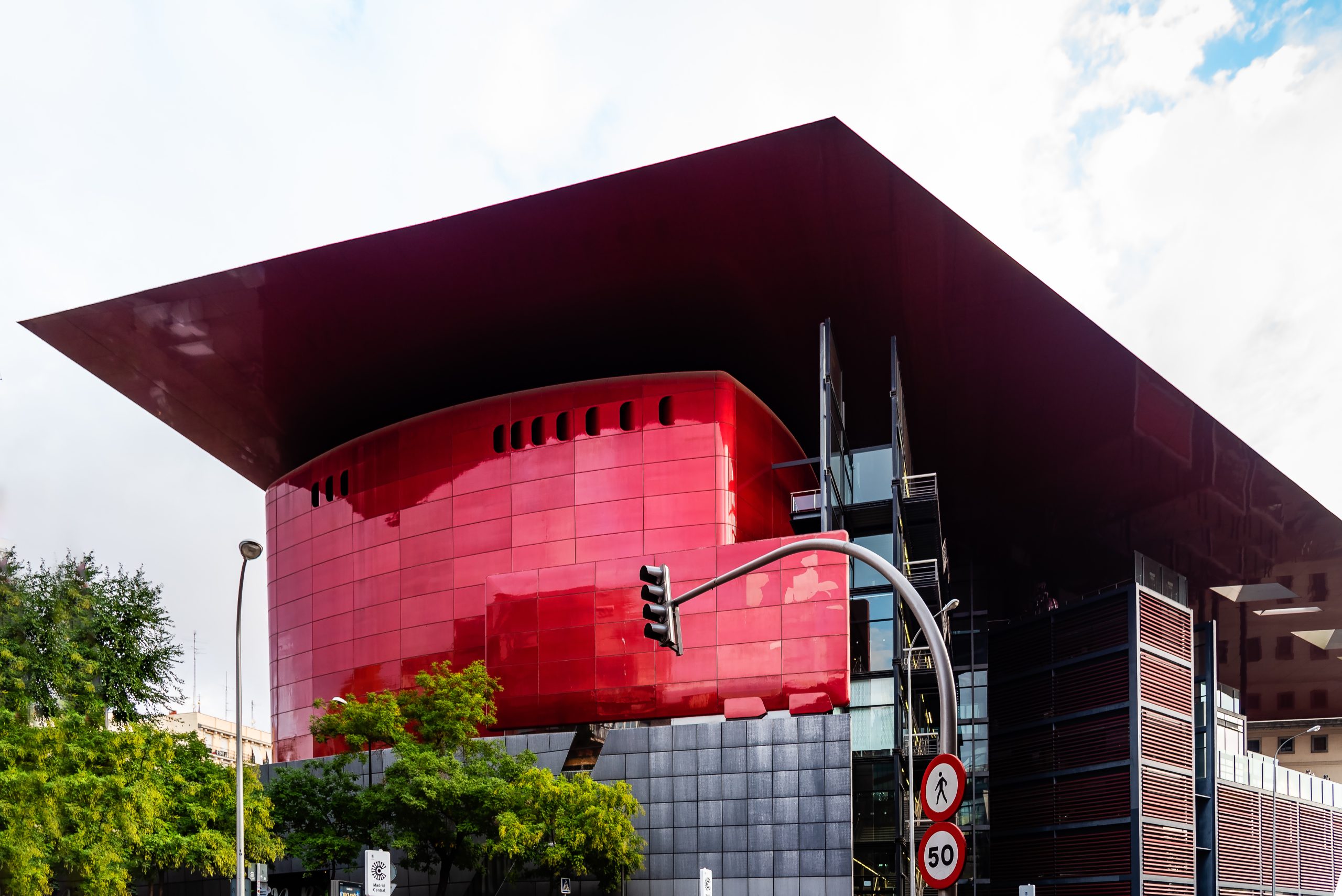
Torres de Colón and CaixaForum
The Torres de Colón were built from 1967 to 1976, based on a project by the Spanish architect Antonio Lamela. The towers have a height of 116 meters, spanning 23 floors. Until 1988 this was the tallest complex in Madrid, latter surpassed by the Torre Picasso, 157 meters high, designed by the American architect of Japanese origin Minoru Yamasaki, designer of the twin towers of the World Trade Center in New York.
The CaixaForum Madrid is one of the city’s most important cultural centers. A space set aside for antique, modern and contemporary art, festivals of music and poetry, and digital art. It is located on the Paseo del Prado in a building that previously contained the Mediodía power plant. The refurbishing is by the architects Herzog & de Meuron and has two remarkable characteristics: the large vertical garden, and the apparent state of ‘levitation.’ The CaixaForum has 2000 sqm of exhibition space, an auditorium with 322 seats and various multifunctional areas for conferences, a café, a bookstore and a restaurant.
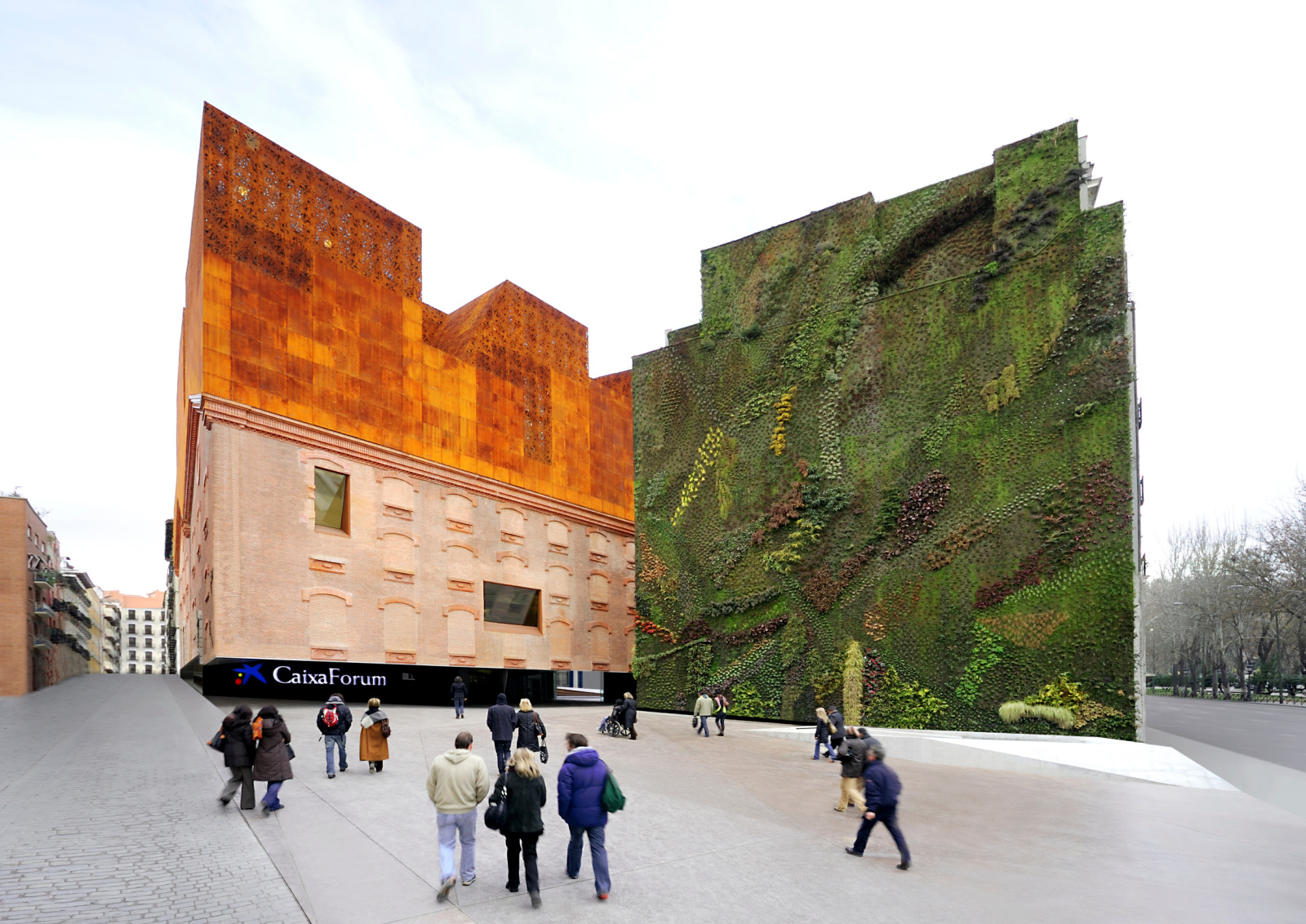
El Matadero and the Ciudad BBVA
Built over an old industrial slaughterhouse (hence the name) and a historic market of Madrid on an area of over 165,000 square meters along the Manzanarre River, El Matadero is now one of the city’s main attractions. A grand gathering of pavilions in the ‘Neo-Mudejar’ style, recently converted into a small city for contemporary culture and art. Inside the Matadero there are two ‘ships,’ large constructions of industrial archaeology utilized for various cultural activities.
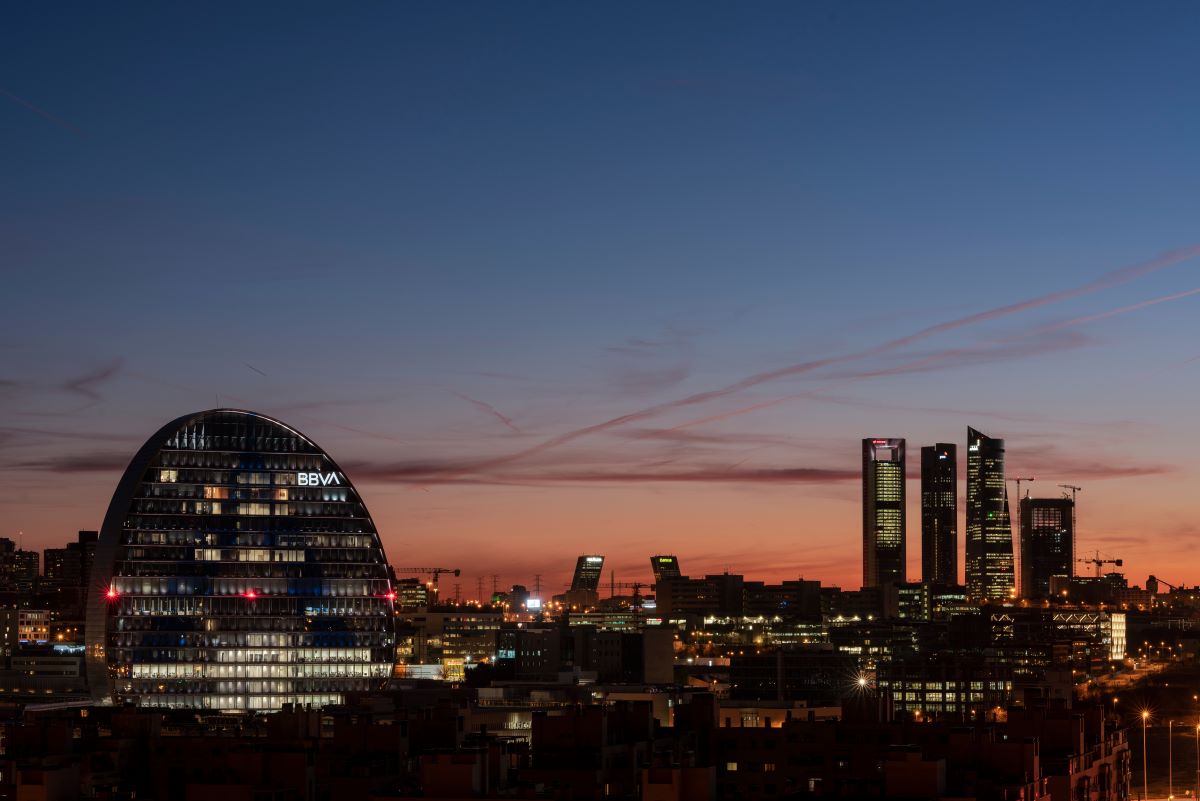
The Ciudad BBVA is a complex of seven buildings located in the Las Tablas district, containing the current operative headquarters of a bank. The complex has been designed by Herzog & de Meuron and is composed of various blocks named for different continents. The main building, known as La Vela, stands at the center of the complex with a height of 93 meters, for 19 stories.







